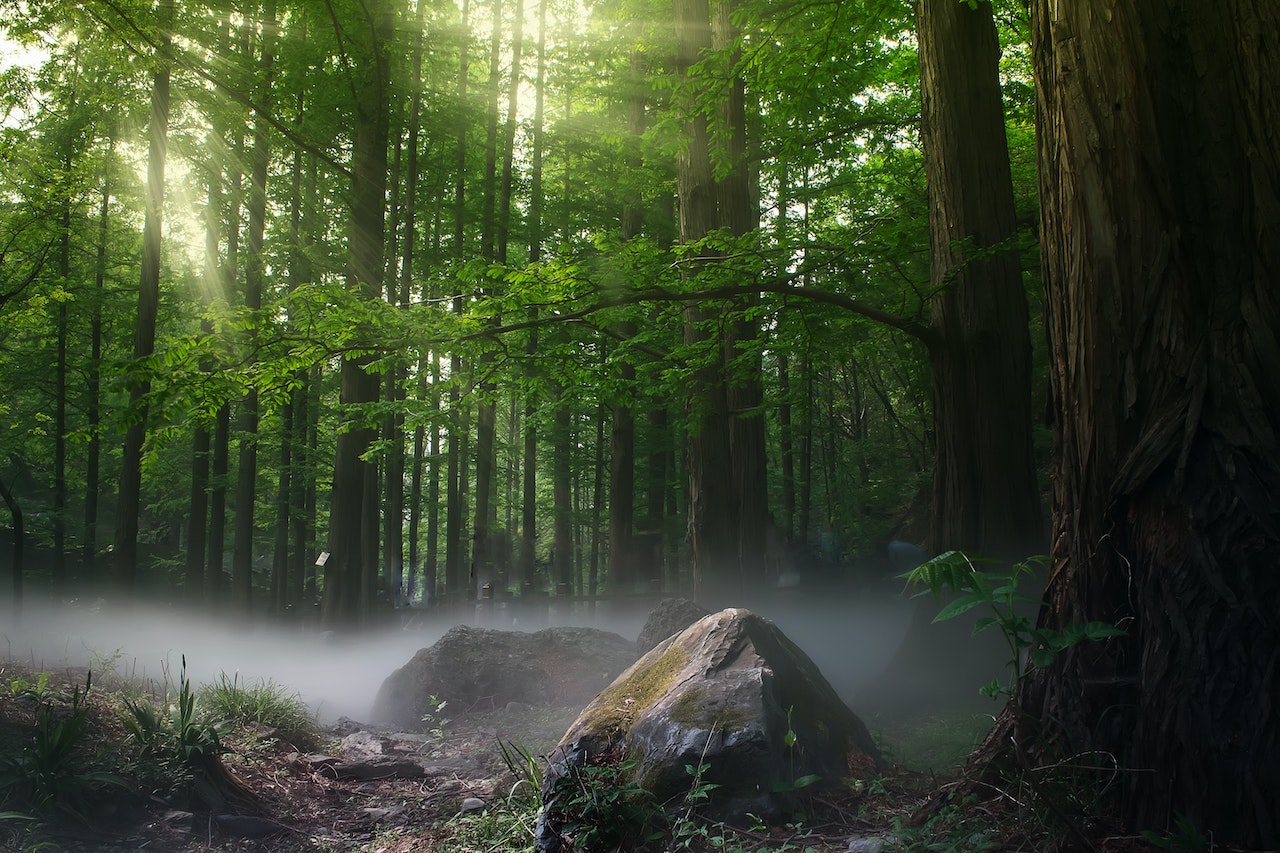This post was originally published on Healthy Forest
In a significant move towards improving forest management and reducing wildfire risks, the U.S. House of Representatives has passed H.R. 8790, the Fix Our Forests Act. Sponsored by Chairman Bruce Westerman (R-Ark.) and Rep. Scott Peters (D-Calif.), the legislation received strong bipartisan support, passing with a vote of 268-151. The full Roll Call vote can be found here.
The Fix Our Forests Act aims to enhance the management of U.S. forests and protect communities near wildland-urban areas. It simplifies environmental reviews, reduces bureaucratic delays, and encourages collaboration between federal, state, tribal, and local land managers. The legislation is designed to address the growing risk of catastrophic wildfires, which have already burned more than 7 million acres in 2024 alone, resulting in billions of dollars in damages and the loss of homes and lives.

Chairman Bruce Westerman emphasized the urgency of the bill, calling for swift action to protect forests from further destruction. Rep. Scott Peters highlighted the impact of wildfires on communities like San Diego, reflecting on the devastating Cedar Fire of 2003. Both lawmakers emphasized the need for responsible land management and proactive steps to prevent future wildfires.
The Fix Our Forests Act includes provisions to streamline forest restoration projects, improve the safety of infrastructure like powerlines, and adopt science-based forest management practices. It also encourages the use of livestock grazing in fuels management programs and strengthens the Good Neighbor Authority, which allows states and local entities to collaborate on forest restoration.
While the legislation faces a challenging path in the Senate, the strong bipartisan support in the House reflects a growing consensus on the need for better forest management to mitigate the risks of wildfires and protect natural resources for future generations.
Source: Healthy Forest





0 Comments